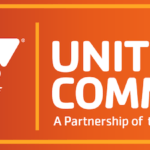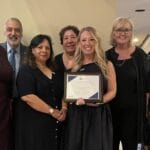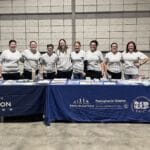In rural areas, where hospitals and emergency services can be miles away, immediate medical response during a cardiac arrest is critical. Organizing Basic Life Support (BLS) training equips community members with the lifesaving skills they need to act confidently in an emergency. This list provides a clear roadmap for healthcare professionals to plan and execute successful BLS training sessions in rural areas.
1. Assess Community Needs and Resources
Start by understanding your community’s specific needs. Talk to local leaders, clinic staff, and residents to gauge interest and identify potential barriers to participation. At the same time, take stock of available resources. Look for existing healthcare facilities, community centers, or even large businesses that might have space or equipment you can use. This initial assessment will provide a solid foundation for your planning.
2. Partner With Local Organizations
Collaboration is key to reaching a wider audience. Connect with local fire departments, schools, libraries, churches, and businesses. These organizations often have deep roots in the community and can help promote your training sessions through their established networks. A partnership can also lead to shared resources, such as venue space or volunteer support.
3. Secure Funding and Grants
While some participants may be able to pay for training, offering free or subsidized sessions removes a significant financial barrier. Research and apply for grants from public health organizations, non-profits, and corporate foundations that support community health initiatives. Local businesses might also be willing to sponsor a training session in exchange for public recognition.
4. Choose Accessible and Convenient Locations
Select venues that are well-known and easy for residents to reach. Community halls, schools, and libraries are excellent choices because they are centrally located and familiar to most people. Consider the physical accessibility of the venue, including parking and accommodations for individuals with disabilities, to make the training welcoming for everyone.
5. Recruit Qualified Instructors
Find certified BLS instructors who are knowledgeable and skilled at teaching diverse groups. Your instructors should be able to adapt their teaching style to participants with varying levels of education and experience. Engaging instructors can make the training more memorable and effective, boosting participants’ confidence.
6. Promote Training Sessions Effectively
Use a multi-channel approach to spread the word. Place flyers in high-traffic areas like grocery stores, post offices, and clinics. Use local newspapers, radio stations, and community social media pages to announce the sessions. Direct outreach through local organizations can also help you get BLS training to remote and rural areas by targeting specific groups.
7. Offer Flexible Scheduling Options
Rural residents often have demanding work schedules, particularly in agricultural communities. To maximize attendance, offer training sessions on different days and at various times, including evenings and weekends. Providing multiple options demonstrates that you respect their time and are committed to making the training accessible.
8. Provide Childcare and Transportation Assistance
Practical barriers like a lack of childcare or transportation can prevent people from attending. Partner with a local organization to offer free childcare during the sessions. You could also organize a carpool system or coordinate with local transit services to help participants get to and from the training location.
9. Maintain Cultural Sensitivity and Inclusivity
Every community has its own unique cultural norms and values. Tailor your outreach and training materials to be culturally sensitive and inclusive. If your community includes non-English speakers, try to offer materials or instruction in their native language. A respectful and inclusive approach will build trust and encourage broader participation.
By following these steps, you can empower your rural community with the BLS skills to save lives. Taking the initiative to organize these training sessions strengthens community resilience and fosters a culture of preparedness.








